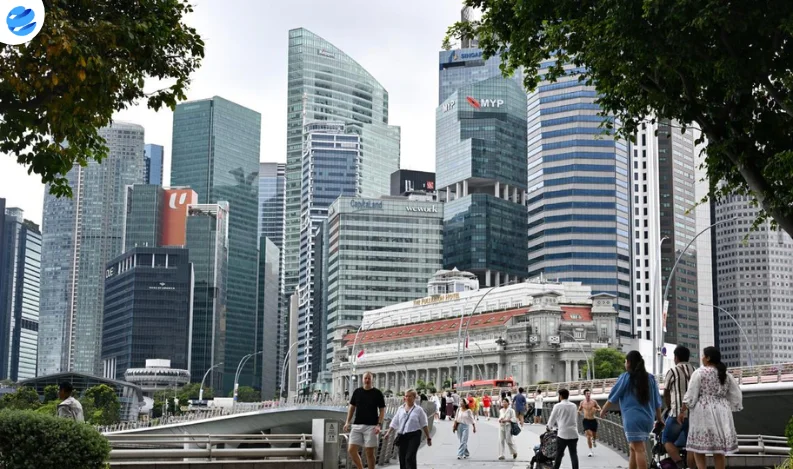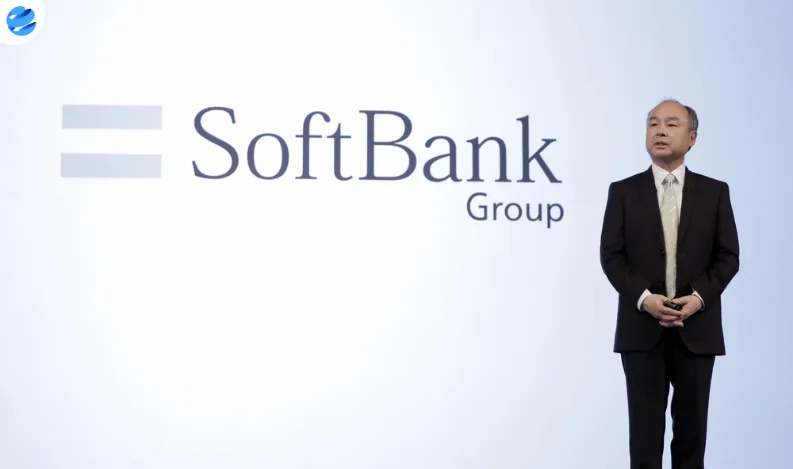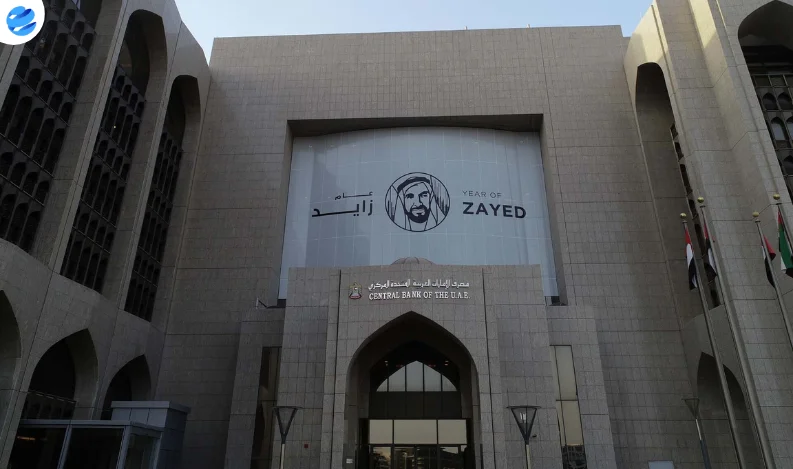Singapore’s economy narrowly avoided a technical recession in the second quarter of 2025, expanding 1.4% quarter-on-quarter, reversing a 0.5% contraction in the previous quarter. The rebound was driven by gains in manufacturing and construction, though officials warn that global trade risks remain.
On a year-over-year basis, GDP rose 4.3%, beating Reuters' forecast of 3.5% and slightly ahead of the 4.1% growth posted in Q1. The strong showing comes amid lingering concerns over global tariff tensions and ahead of the Monetary Authority of Singapore’s policy meeting later this month.
Manufacturing and Construction Lead the Way
The manufacturing sector grew 5.5% year-over-year, up from 4.4% in the previous quarter, fueled by a surge in exports ahead of the Aug. 1 tariff deadline. Economists say Singaporean firms may have front-loaded shipments to avoid potential tariff hikes if trade negotiations falter.
Meanwhile, the construction industry posted a 4.4% expansion, reversing a 1.8% decline in Q1. Analysts point to increased public infrastructure projects and improving private sector sentiment as contributing factors.
Chua Hak Bin, senior economist at Maybank, attributed the bounce-back to easing U.S.-China tensions, falling global interest rates, and renewed building activity. “There’s clearly upward momentum,” he said.
Risks Persist Despite Upbeat Data
Despite the positive numbers, Singapore’s Ministry of Trade and Industry (MTI) maintained a cautious tone, warning of “significant uncertainty and downside risks” in the global economy, particularly around U.S. trade policy.
In April, MTI revised Singapore’s full-year growth forecast to 0%-2%, down from an earlier estimate of 1%-3%. Though Q2 results raise hopes of an upside revision, MTI said it would wait for greater clarity before making changes.
Singapore, unlike other Southeast Asian economies, has not received a formal tariff letter from the U.S., though it still faces a baseline 10% duty on exports. The country has had a free trade agreement with the U.S. since 2004.
Song Seng Wun, economist at CGS International, said the Q2 performance “offers some surprise to the upside,” but warned that “volatility in trade policy makes forecasting extremely difficult.”
Markets Await Central Bank Decision
Attention now turns to the Monetary Authority of Singapore (MAS), which is set to announce its next policy stance later this month. In May, the MAS eased monetary conditions for a second straight time, citing downside risks tied to global demand.
Singapore’s core inflation fell to 0.6% in May, its lowest since early 2021, giving MAS potential room for further easing if conditions worsen.
The government last week announced new grants to support businesses coping with global trade pressures, signaling readiness to buffer the economy if external headwinds intensify.
While the Q2 data marks a welcome shift from contraction, Singapore’s trade-heavy economy remains deeply exposed to external shocks. The coming weeks, especially the resolution of U.S. tariff deadlines, will be pivotal in shaping growth for the second half of 2025.























